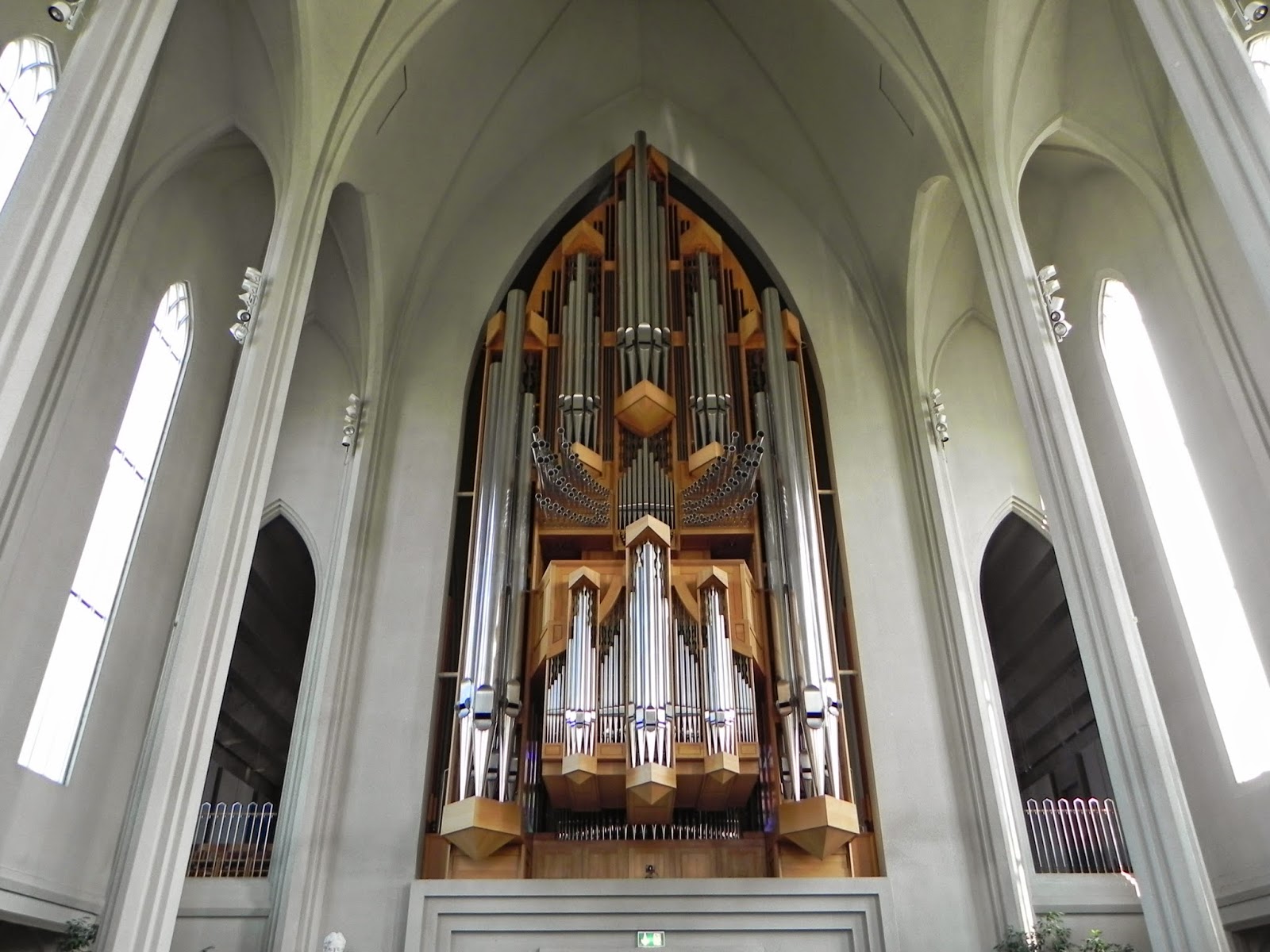Reykjavík is among
the smallest capital cities in the world. However, it is Iceland’s largest
city, with about 60% of the country’s total population. Reykjavík has grown
into an important seaport and center of government and education with theatres,
museums and observatories. It has the features of a modern, forward-looking
society which are complemented by a close connection to beautiful nature right
on the city’s doorstep. Interestingly, this modern city still chooses to use
water from nearby hot springs to heat all of its buildings.
Brief History
Iceland was settled
by Norwegian and Celtic immigrants during the late 9th and 10th centuries A.D.
According to the medieval Book of Settlements, Ingolfur Arnarson – the first
settler of Iceland – built his farm on the peninsula where Reykjavik stands today.
The place was named Reykjavík – “Smoky Bay” - after the columns of steam that
rose from the hot springs in the area and made such a profound impression on
the original settlers.
Many centuries
later, around the middle of the 18th century, a small town started to grow
around the farm of Reykjavík, thanks to Royal Treasurer Skuli Magnusson, known
as the Father of Reykjavík, who established wool workshops at Reykjavik as part
of his efforts to modernize the Icelandic economy. This led to the beginnings
of urban development at Reykjavík. Reykjavík received its town charter in 1786.
After gaining
independence from Danish rule, Reykjavík became the capital of Iceland. With
the rapid economic progress of the 20th century, Reykjavík grew steadily, but
developed especially fast in the second half of the century.




































































No comments:
Post a Comment